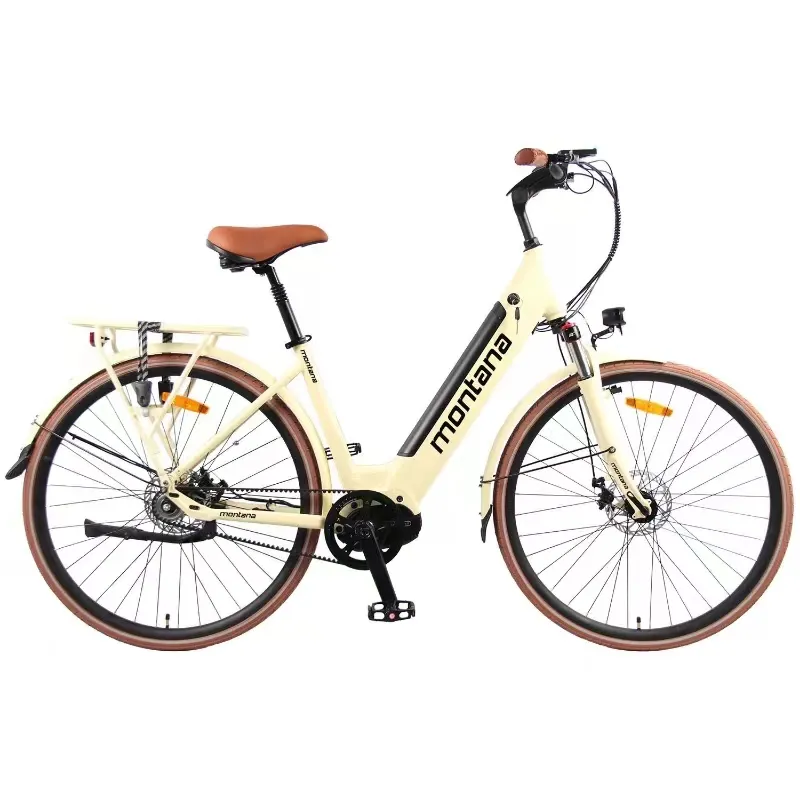
- Afrikaans
- Albanian
- Amharic
- Arabic
- Armenian
- Azerbaijani
- Basque
- Belarusian
- Bengali
- Bosnian
- Bulgarian
- Catalan
- Cebuano
- Corsican
- Croatian
- Czech
- Danish
- Dutch
- English
- Esperanto
- Estonian
- Finnish
- French
- Frisian
- Galician
- Georgian
- German
- Greek
- Gujarati
- Haitian Creole
- hausa
- hawaiian
- Hebrew
- Hindi
- Miao
- Hungarian
- Icelandic
- igbo
- Indonesian
- irish
- Italian
- Japanese
- Javanese
- Kannada
- kazakh
- Khmer
- Rwandese
- Korean
- Kurdish
- Kyrgyz
- Lao
- Latin
- Latvian
- Lithuanian
- Luxembourgish
- Macedonian
- Malgashi
- Malay
- Malayalam
- Maltese
- Maori
- Marathi
- Mongolian
- Myanmar
- Nepali
- Norwegian
- Norwegian
- Occitan
- Pashto
- Persian
- Polish
- Portuguese
- Punjabi
- Romanian
- Russian
- Samoan
- Scottish Gaelic
- Serbian
- Sesotho
- Shona
- Sindhi
- Sinhala
- Slovak
- Slovenian
- Somali
- Spanish
- Sundanese
- Swahili
- Swedish
- Tagalog
- Tajik
- Tamil
- Tatar
- Telugu
- Thai
- Turkish
- Turkmen
- Ukrainian
- Urdu
- Uighur
- Uzbek
- Vietnamese
- Welsh
- Bantu
- Yiddish
- Yoruba
- Zulu
Sep . 03, 2024 05:07 Back to list
How to Adjust Front Derailleur on a Mountain Bike
How to Adjust the Front Derailleur on a Mountain Bike
Adjusting the front derailleur on a mountain bike is a crucial skill for any avid cyclist. A properly functioning derailleur ensures smooth gear shifts, allowing you to tackle various terrains efficiently. Here’s a step-by-step guide on how to adjust your front derailleur for optimal performance.
Tools You Will Need - Phillips screwdriver - Allen wrench set - Bike stand (optional but helpful)
Step 1 Inspect the Derailleur and Cables Before making adjustments, check if your derailleur is dirty or damaged. Clean it thoroughly if necessary. Inspect the cables for fraying or rust. If you find any damage, replace the cables before proceeding.
Step 2 Positioning the Derailleur Locate the derailleur body and ensure it is mounted correctly. The derailleur should be parallel to the chainrings and positioned about 1-3mm above the largest chainring. If it's not, adjust the height by loosening the mounting bolt with an Allen wrench and repositioning it.
Step 3 Adjusting Limit Screws The limit screws prevent the chain from derailing onto the frame or the crankset
. There are usually two screws, marked as 'H' (high) and 'L' (low)how to adjust front derailleur on a mountain bike

- High Limit Screw This controls how far the derailleur can move toward the smaller chainring. Shift the chain to the smallest chainring and the largest rear cog. Adjust the 'H' screw until the derailleur is positioned closely, but not touching the chain.
- Low Limit Screw This screw controls how far the derailleur can move toward the larger chainring. Shift to the largest chainring and the smallest rear cog. Adjust the 'L' screw similarly until it aligns closely without touching the chain.
Step 4 Fine-Tuning the Cable Tension Once the limit screws are set, adjust the cable tension to ensure smooth shifting. Shift to the smallest chainring, and if the derailleur struggles to shift up, increase tension by turning the barrel adjuster clockwise. Conversely, if it doesn’t shift down smoothly, decrease the tension by turning it counterclockwise.
Step 5 Test the Shifting After making these adjustments, test the shifting under load. Go through all the gear combinations to ensure the chain shifts smoothly between the chainrings without hesitation or noise. If you notice any issues, revisit your adjustments particularly checking the limit screws and cable tension.
Final Thoughts Regularly checking and adjusting your front derailleur can significantly enhance your mountain biking experience. With practice, you’ll find that making these adjustments becomes a quick and easy part of your bike maintenance routine. Happy riding!
-
The Ultimate Kids' Four-Wheeler Experience
NewsJul.09,2025
-
The Ultimate Guide to Mountain Bikes: Gear Up for Your Ride
NewsJul.09,2025
-
The New Age of Cycling: Electric Bikes for Every Rider
NewsJul.09,2025
-
The Best Kids Bicycles: Ride in Style and Safety
NewsJul.09,2025
-
The Best 3-Wheel Scooters for Kids: Fun, Safety, and Adventure
NewsJul.09,2025
-
Revolutionize Your Ride: Affordable Electric Bikes
NewsJul.09,2025
-
Finding the Perfect Mountain Bike for Every Rider
NewsJul.09,2025



